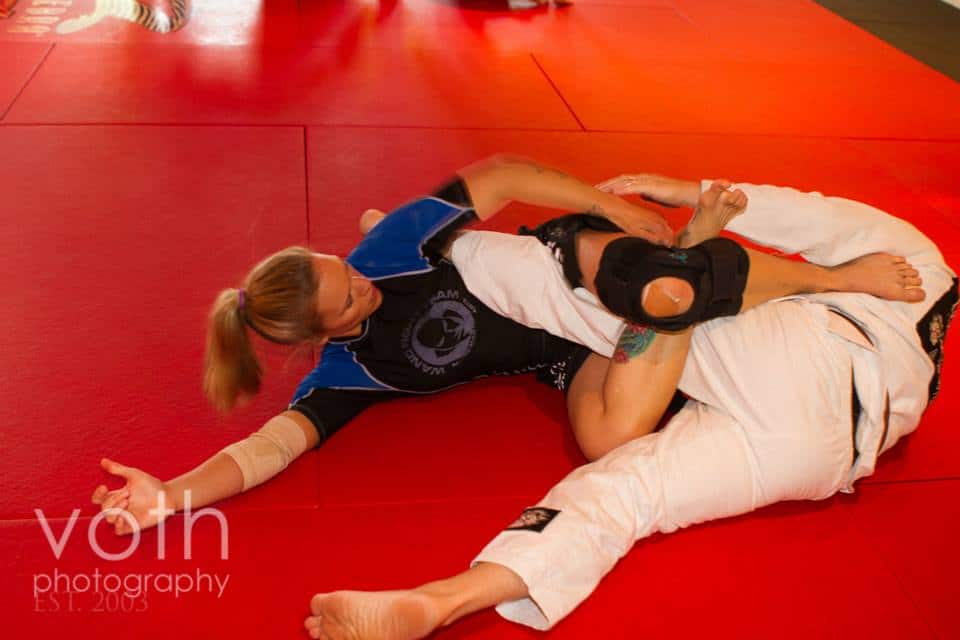Part of the problem with leglocks is that there are tons of variations. And too many options create confusion, increase your decision-making time, and lead to paralysis by analysis, so it really helps to have someone set you straight and narrow down your choices.
But for some reason certain leglock aficionados love to collect endless leglock variations.
And if you ask these guys about their favourite topic – leglocks – then you’ll often end up more confused than when you started. They’ll get excited and start talking about every single variation under the sun: “Well in Sambo they do it this way, but Masakazu Imanari does it this other way, Erik Paulson likes to do it these four ways, and once I saw Gokor show these 12 variations of that same position…”
Knowing a million variations might be useful if you’re doing a research thesis on comparative leglock taxonomy, but if you just want to tap people out then what you really need is a few variations that work for your body type against most opponents.
The very best coaches are opinionated. They’ll know all the variations, but then they’ll also tell you what they think the BEST way is.
And usually if you use an expert’s ‘best’ way of doing something then you’ll be starting at a pretty good place. FIRST do it his way for a while, THEN find your own way.
So back to leglocks for a second. And let’s look specifically at the kneebar.
There are, of course, tons of ways of doing the kneebar. You can triangle your legs, or cross your ankles. You can hold his leg with your hands, hug it, use a lion-kill RNC style arm position, or put it behind your armpit.
But some people have really powerful tree-trunk legs, which then begs the question of what style of kneebar works best against a larger opponent.
Well, it takes a little bit longer to apply, but the most powerful kneebar position is to trap his leg behind your armpit (as per the photo below, which comes from a seminar I taught at Team First Strike in Kelowna BC). At that seminar, the smallest participant had no problem tapping out even the biggest guys in the room so long as she used the behind-the-armpit grip.

Here’s how I go about applying this style of kneebar. Let’s say I’m attacking his left leg; I get my my own legs into position first, establish the ‘pinch’ on his thigh, and then hold his leg temporarily in place with my right arm. Then I swim my left hand past his leg in a breaststroke type of movement, which brings his leg behind my left armpit. Then I lock everything in place by grabbing my left hand behind my own left knee, and finish the kneebar by arching my hips forward and my upper body backwards.
This style of doing the kneebar is structurally superior to holding his leg with your arms.
Because you’ve wedged his leg behind your body there is now no possibility of your opponent using his leg strength to overpower your arms. You’ve removed your arms from the equation: now you’re ganging up against the strength of one of his hamstrings with the power of entire posterior chain, including your legs, hips and back.
Plus this arm position tends to set your body up in the most powerful kneebar position, with your hips and knees both bent at 90 degrees (as per the first point in my kneebar mastery article).
This is such a powerful position that so long as you get the leg behind your armpit you can screw up a whole lot of other important details about the kneebar but you’ll usually still submit your opponent. In other words you’ve really increased your margin for error, which is a good thing.
Bottom line: if you’ve played with kneebars but have difficulty finishing them against larger opponents then give the behind-the-armpit style of kneebar a try – I’m sure you’ll be impressed with how powerful it is.
The post The Most Powerful Kneebar appeared first on Grapplearts.
